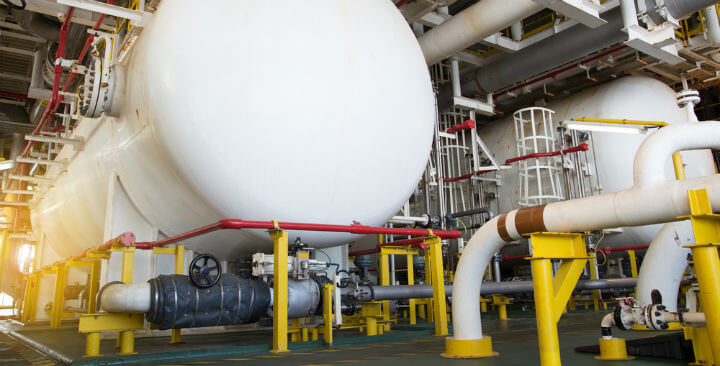Oil water separators work on the principle that oil is lighter than water, so it tends to float up to the top. However, because of the nature of wastewater, some oil particulates, especially tiny droplets, can get hung up on the surface.
These particulates must be removed before the wastewater can proceed to filtration, aeration, or DAF water treatment. The water is funneled through a series of plates to do this.
Gravity
Gravity is a force that holds our feet to the ground and propels objects with mass toward the center of the Earth. It is one of four fundamental forces in physics: the strong, electromagnetic, weak, and gravity forces.
In a more fundamental sense, the force stirs attraction between all things. Even our universe’s moons, dust motes, and coyotes share this mysterious force.
Standard oil water separators North Carolina relies on gravity to separate water and oil. Wastewater flows through a baffle that slows and reduces turbulence, allowing sediment to settle at the bottom while oil rises to the top.
The wastewater then passes through 100-micron filters that remove larger particles. Depending on the system, it may also undergo aeration, DAF, or chemical processing before discharge.
Coalescer Plates
The coalescer plate works with oil water separators to remove the oil and suspended solids from the wastewater effluent. The plates force two tiny oil droplets to merge to form a larger, heavier oil particle to separate the mixture and reduce the volume of the wastewater effluent.
The smaller oil drops rise to the surface, and the larger, heavier oil particles settle into the sludge hopper chamber. This process is repeated until the separation is complete.
Unlike ordinary oil skimmers, the coalescer uses a unique technology that combines two tiny oil drops to form giant, floating oil particles to produce excellent separation. As a result, it makes a more efficient oil and water separation solution while reducing the system’s energy consumption.
Stacked Plates
After wastewater passes through filters to separate the most significant solids, it’s funneled into an oil-water separator. This machinery includes a series of plates positioned on an incline to split water, sludge, and oil into three distinct spaces.
Heavy sludge and suspended solids drop to the bottom while lighter oil particulates rise. It enables them to collect and form larger globules, increasing their buoyancy and making them easier to remove from the water.
Unfortunately, this plate pack became the standard in oil water separator design as manufacturers competed to produce higher removal rates at bargain prices.
Media Packs
When oily water enters an oil water separator, it slowly flows through a media comprised of parallel, inclined plates. As the oil droplets grow, they travel upward on the plates until they hit the water’s surface.
Traditional coalescing media is based on corrugated, inclined plates with mesh pads. While this design provides sufficient oil droplet coalescence to separate wastewater, it also traps particles and sludge on the media, reducing its effectiveness and requiring secondary polishing filters.
A coalescing media pack is fabricated from oleophilic material, forming a crisscross honeycomb structure as oily water passes through it.

